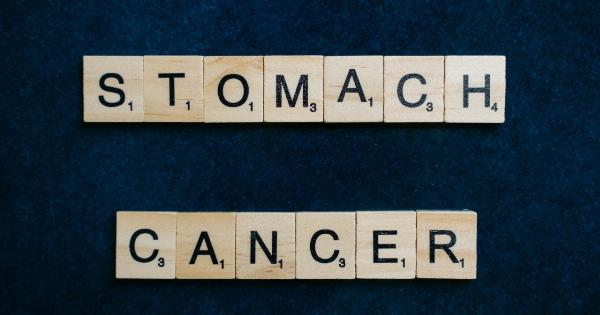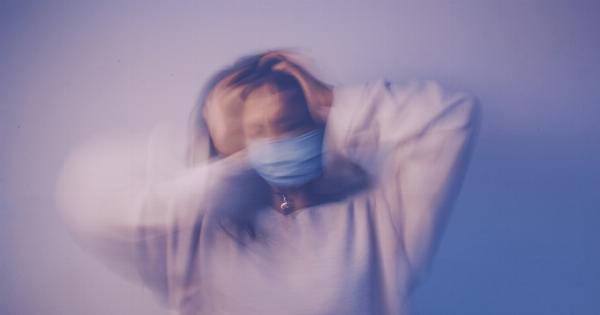Benign Prostate Hyperplasia (BPH) is a condition that affects men as they age. In fact, around 50% of men over the age of 50 have BPH.
The prostate gland, which is located just below the bladder, grows larger as men age and can cause problems with urinary flow. The symptoms can range from mild to severe and may require medical intervention. Fortunately, there are several ways to manage BPH and improve quality of life for men who suffer from it.
Symptoms of BPH
The symptoms of BPH are often related to problems with urination. These include:.
- Frequent urination
- Urgency to urinate
- Difficulty starting urination
- Weak urine flow
- Dribbling at the end of urination
- Feeling like the bladder is not completely empty
In addition to these symptoms, some men with BPH may also experience urinary tract infections, bladder stones, or kidney damage.
If you are experiencing any of these symptoms, it is important to see a healthcare provider for an accurate diagnosis and treatment plan.
Diagnosis of BPH
Diagnosis of BPH typically involves a physical exam and medical history review. Your healthcare provider may also perform a prostate-specific antigen (PSA) blood test to rule out prostate cancer. Other tests that may be performed include:.
- Urinalysis to check for signs of infection or other problems
- Uroflowmetry to measure the speed and amount of urine flow
- Post-void residual measurement to determine how much urine is left in the bladder after urination
- Cystoscopy to view the inside of the bladder and urethra
Based on the results of these tests, your healthcare provider can make an accurate diagnosis and develop a treatment plan for your BPH.
Treatment Options for BPH
There are several treatment options for BPH, depending on the severity of your symptoms and your overall health. These include:.
Watchful Waiting
If your symptoms are mild, your healthcare provider may recommend a period of watchful waiting. This involves regular monitoring of your symptoms and prostate size to ensure that they do not worsen over time.
Lifestyle modifications, such as reducing caffeine and alcohol intake, may also be recommended.
Medications
There are several medications that can be used to treat BPH. These include:.
- Alpha-blockers, which relax the muscles in the prostate and bladder neck to improve urine flow. Common alpha-blockers include doxazosin and tamsulosin.
- 5-alpha reductase inhibitors, which shrink the prostate gland over time. Common 5-alpha reductase inhibitors include finasteride and dutasteride.
- Combination therapy, which involves taking both an alpha-blocker and a 5-alpha reductase inhibitor to improve symptoms and shrink the prostate gland.
Medications can be effective in reducing BPH symptoms, but they may take several weeks or months to work. Side effects can include dizziness, fatigue, and sexual dysfunction.
Minimally-Invasive Procedures
If medications are not effective or if your symptoms are severe, your healthcare provider may recommend a minimally-invasive procedure to treat your BPH. These procedures include:.
- Transurethral resection of the prostate (TURP), which involves removing the inner portion of the prostate gland that is blocking urine flow.
- Transurethral needle ablation (TUNA), which uses radio waves to heat and destroy excess prostate tissue.
- Laser therapy, which uses a laser to heat and destroy excess prostate tissue.
Minimally-invasive procedures can be effective in treating BPH, but they do carry some risks. These risks include bleeding, infection, and urinary incontinence.
Surgery
In severe cases of BPH, surgery may be necessary to remove the prostate gland. This procedure, known as a prostatectomy, can be performed using traditional open surgery or minimally-invasive techniques such as laparoscopy or robotic surgery.
Surgery can be effective in treating BPH, but it does carry some risks. These include bleeding, infection, and sexual dysfunction.
Lifestyle Modifications for BPH
In addition to medical treatments, there are several lifestyle modifications that can help manage BPH symptoms. These include:.
- Reducing caffeine and alcohol intake
- Urinating on a regular schedule, even if you do not feel the urge to urinate
- Avoiding fluids before bedtime to reduce nighttime urination
- Staying physically active to improve overall health and urinary function
These modifications can help reduce symptoms and improve quality of life for men with BPH.
Conclusion
BPH is a common condition that can cause significant problems with urinary function in men as they age. Fortunately, there are several treatment options available, ranging from watchful waiting to surgery.
By working closely with your healthcare provider and making lifestyle modifications, you can manage your BPH and improve your overall health and wellbeing.



























